Shimano Dura-Ace R9200 v Ultegra R8100: what are the key differences?
We compare the weights, the performance differences and the prices of the two brand new top Shimano groupsets
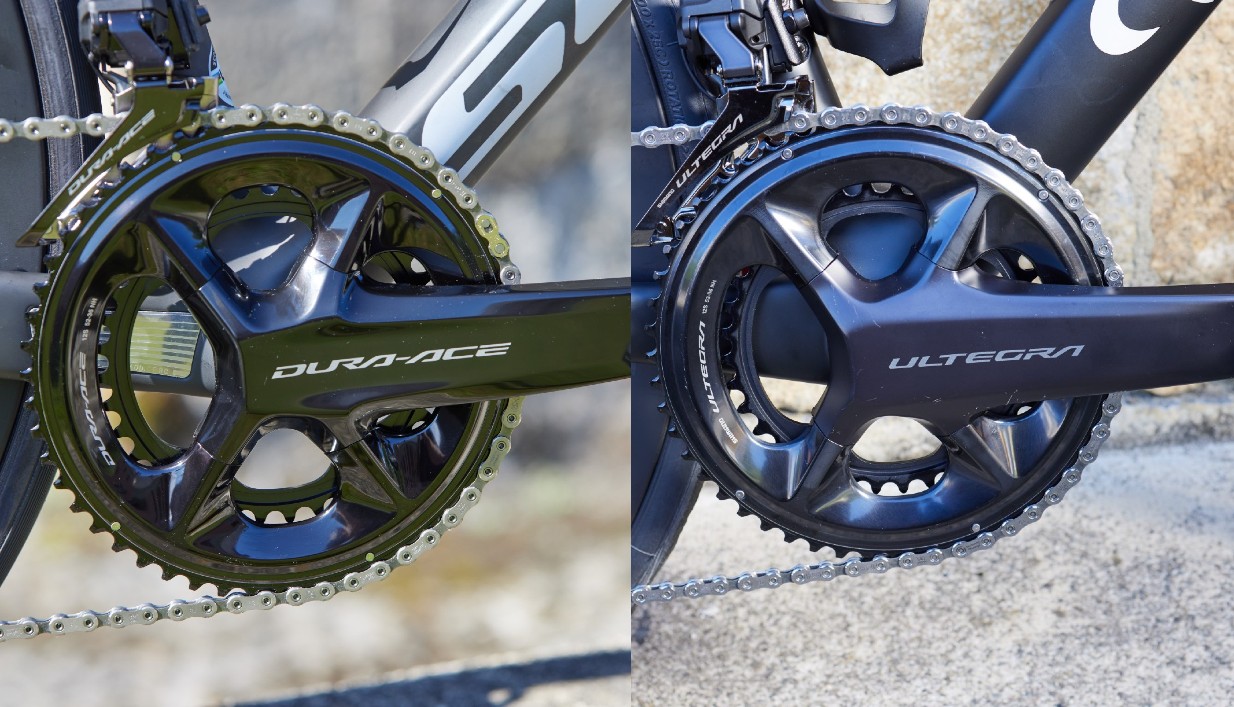

Shimano has taken the highly unusual step of releasing brand new versions of its top two road groupsets - Dura-Ace and Ultegra - simultaneously.
This is good news for the consumer because it means the two can be directly compared right from the start - which is exactly what we plan to do here.
Dura-Ace has always been the flagship Shimano groupset - lighter, more durable, and very expensive. But in performance terms, Ultegra has started to close the gap. The last iteration of Ultegra - R8000 - was universally regarded as excellent and arguably closer to Dura-Ace, particularly the electronic Di2 version, than any Ultegra groupset before it.
Now new Ultegra R8100 not only matches Dura-Ace R9200 with its own power meter chainset but it also has its own Ultegra-series range of carbon wheels in the same rim depths.
So let’s have an in-depth look at how the new Ultegra R8100 measures up to the new Dura-Ace R9200, both of which are now Di2 only.
You can read our launch story, which focuses mostly on Dura-Ace R9100, here.
Shifting
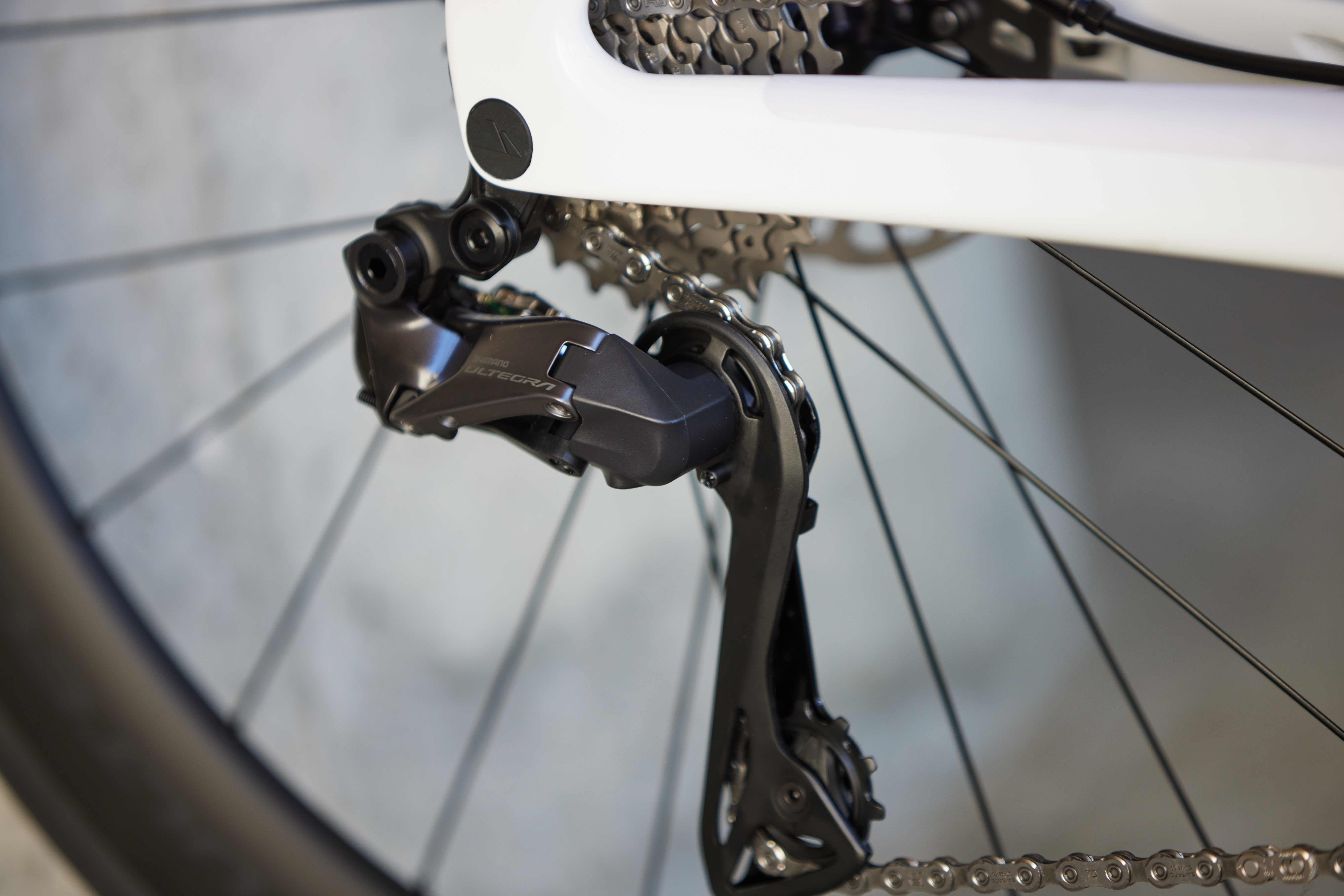
Both Dura-Ace and Ultegra are ‘semi-wireless’. This means the STI shifters communicate wirelessly with the derailleurs and have their own batteries - coin cell CR1632s - inside the hoods.
The derailleurs, however, are both wired to a central battery in the seatpost.
Di2 was the fastest-shifting electronic groupset on the market before - but now Shimano claims it just got even faster, and that goes for both Dura-Ace and Ultegra, which share the same electronic Di2 platform.
In numbers, this means for both Dura-Ace and Ultegra a 58% decrease in rear derailleur operating time and a 45% decrease in front derailleur operating time compared with the previous Dura-Ace R9150 derailleurs. So new Dura-Ace and Ultegra share the same shifting speed.
They also share the same proprietary chip circuit which, according to Shimano, is high security in order to lower the chance of interference from third-party devices.
Dura-Ace and Ultegra even share the same battery, the new BT-DN300 unit that Shimano says lasts for 1,000km in its testing.
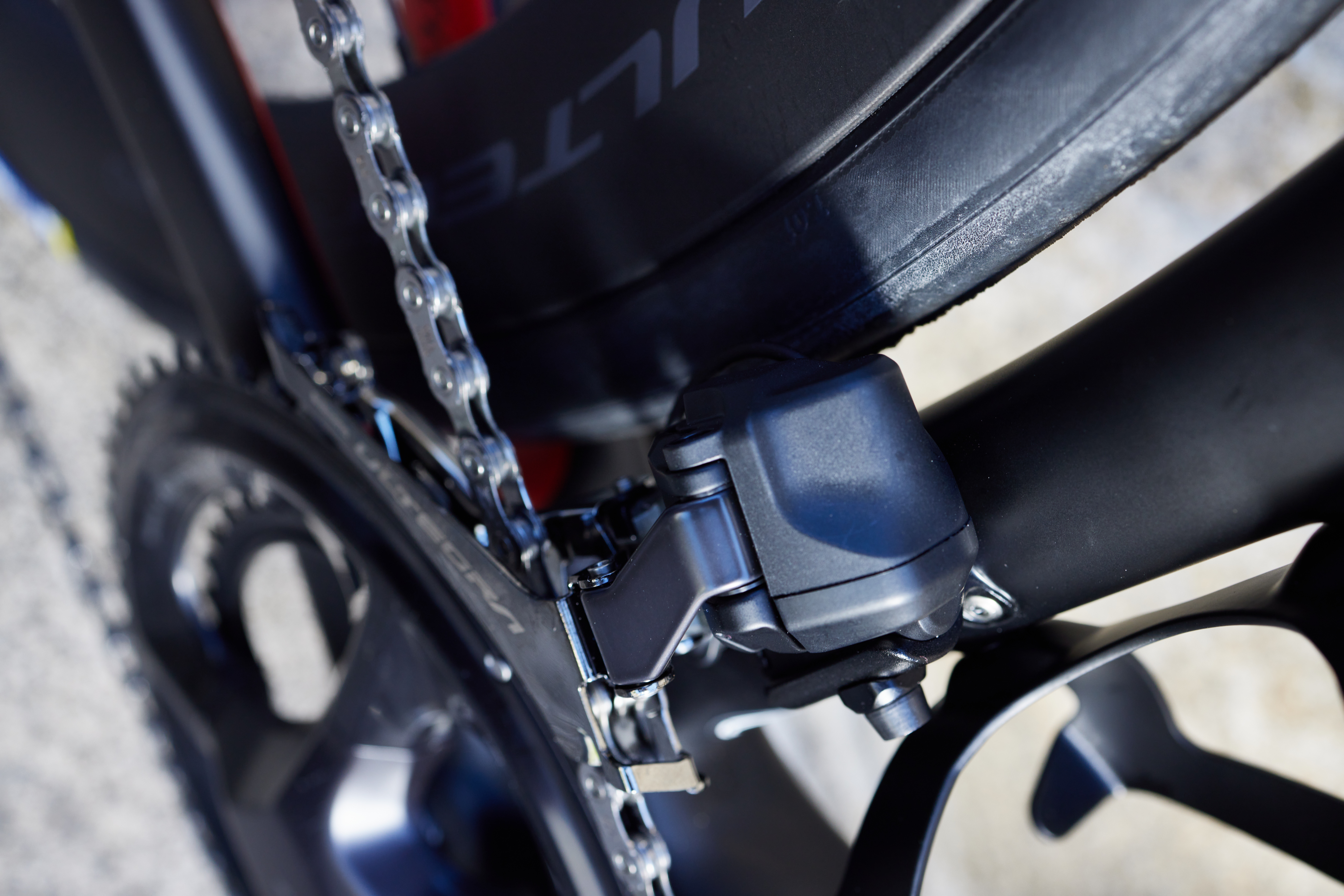
Where the Ultegra derailleurs differ from Dura-Ace is in their construction. The Dura-Ace R9200 front and rear derailleurs weigh 96g and 215g respectively, versus Ultegra R8100 weights of 116g and 262g, resulting in a combined 67g difference.
As for the pricing, the Dura-Ace rear derailleur has a list price (at launch) of £699.99/$814.99 while its Ultegra counterpart goes for £379.99/$409.99 - that’s around half the price.
The Dura-Ace front derailleur has a launch list price of £399.99/$449.99 while the Ultegra version costs £249.99/$259.99.
Cockpit
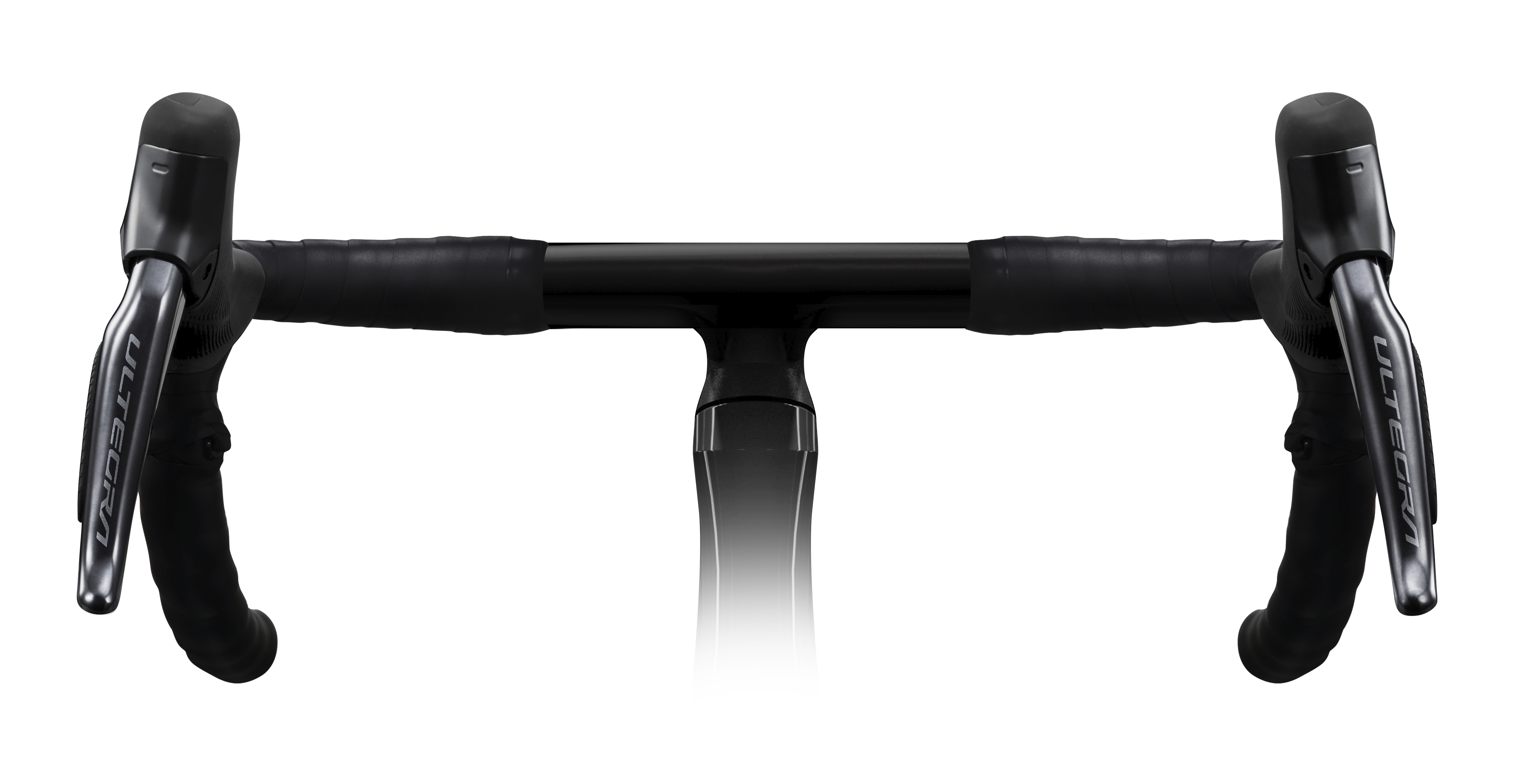
The new Ultegra 2x12-speed wireless hydraulic disc brake shifters (ST-R8170) now come with a raised head portion with a slight inward curve and increased area between the shifter and the handlebar to bring improved comfort and control. You’ll find exactly the same Shimano description for Dura-Ace.
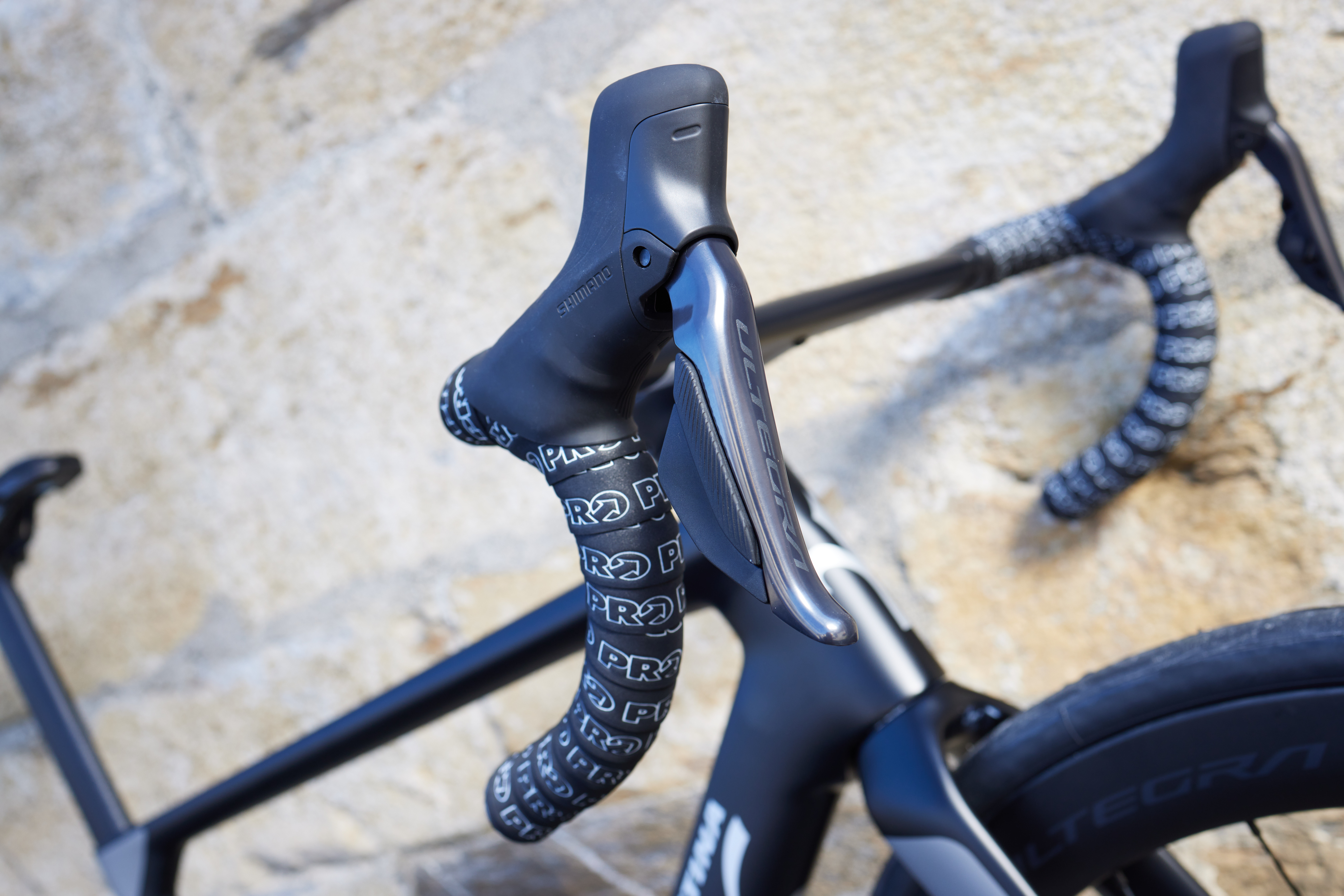
The redesigned STI shape, shared by both groupsets, provides riders with better index finger and thumb grip on the hoods and a better three-finger grip behind the brake lever, while still giving easy access to the shift lever in the drops. The offset between Di2 buttons on the lever has also been improved for both, allowing for better differentiation between upshift and downshift buttons, especially helpful with gloves or wet fingers.
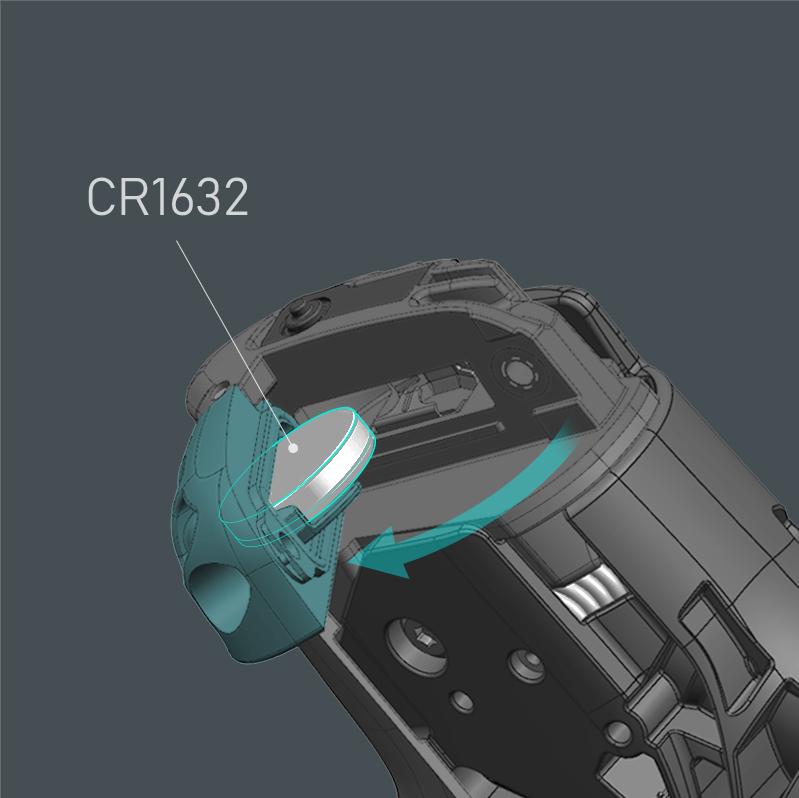
We’ve already touched on the same coin cell batteries used by both Dura-Ace and Ultegra shifters. Both are compatible with satellite shifter buttons and, as you’d expect, both groupsets can be configured and customised via the E-Tube Project app version 4.0.0, which allows riders to set up preferences such as Synchronized or Semi-Synchro shifting, Multi-Shift, shifting speed and STI shift button mapping. Also connections with third-party cycle computers can all be set up to display Di2 information and that goes for Dura-Ace and Ultegra.
Again, small differences in construction account for a weight difference of 41g between Dura-Ace ST-R9270 shifters (350g) and Ultegra ST-R8170 shifters (391g).
There’s a bigger difference in price though: Per STI bundled with a brake caliper and hose Dura-Ace comes in at £599.99/$768.99 compared to Ultegra’s £449.99/$536.99.
Drivetrain
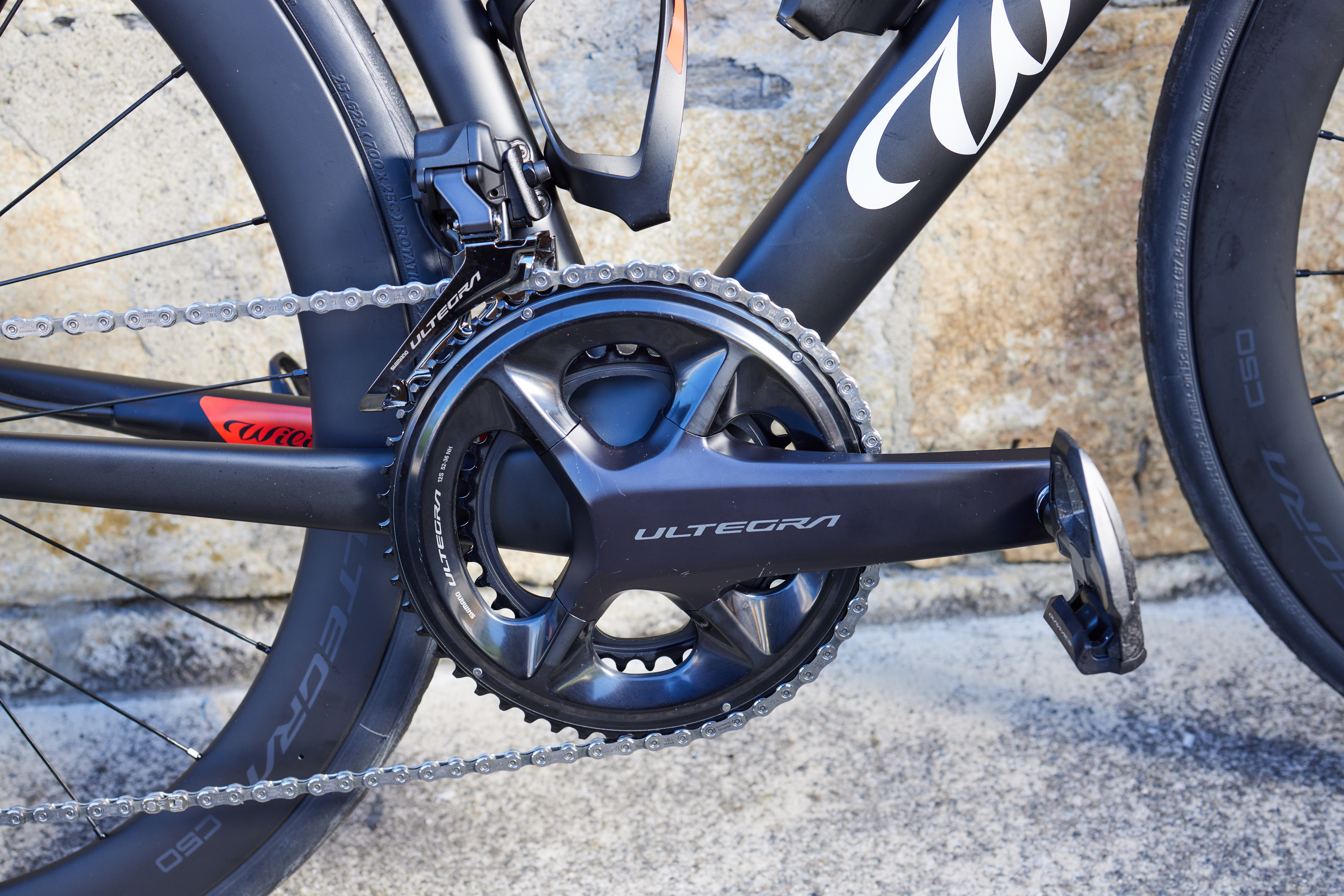
One of Dura-Ace’s headlines was the dropping of the 53/39 chainrings in favour of 54/40. This was to enable a straighter, more efficient chainline at higher speeds. Ultegra, being aimed at consumers rather than sponsored pros, doesn’t include 54/40, instead offering a choice of 53/36 or 50/34.
Dura-Ace and Ultegra both offer crank lengths in 160mm, 165mm, 170mm, 172.5mm and 175mm - but Dura-Ace alone also offers 177.5mm.
For the Dura-Ace chainset you’re looking at £549.99/$624.99 compared to Ultegra £299.99/$314.99 with weights of 690g v 711g.
For the first time there’s an Ultegra dual-sided power meter chainset. Just like Dura-Ace’s power meter chainset, Shimano quotes strain gauge accuracy within 1.5%.
Again there’s a slight weight difference: the Ultegra power meter chainset weighs 769g, which is 21g heavier than the Dura-Ace power meter at 748g. At launch the cost of the Dura-Ace version was £1,199/$1,469.99 compared Ultegra’s £999.99/$1159.99.
Cassette
As for the cassettes, Ultegra has two new 12-speed Hyperglide+ cassettes in 11-30 and 11-34 ratios, for the moment the same as Dura-Ace (we’re expecting the latter to get 11-28 for racing). Shimano says the 11-30 has been optimised for a ‘sweet spot’ between the 6th, 7th and 8th sprockets, meaning an 18t sprocket is included for closer ratios at higher speeds.
The new spline patterns are the same, both are backwards compatible with 11-speed freehubs but again, the weights are the difference between the two, and this is due to Dura-Ace’s five largest sprockets being made from titanium rather than steel.
For the 11-30 it’s 223g for Dura-Ace and 297g for Ultegra, which is a difference of 74g, by our calculation the biggest weight difference between any of the directly comparable components.
However, the Dura-Ace cassette at £329.99/$359.99 is almost three times as expensive as the Ultegra version at £119.99/$111.99 at the time of the launch. What’s more, steel is harder than titanium, so perhaps in this case the smart money would take the hit on the weight and go for cheaper yet longer-lasting though heavier.
Brakes
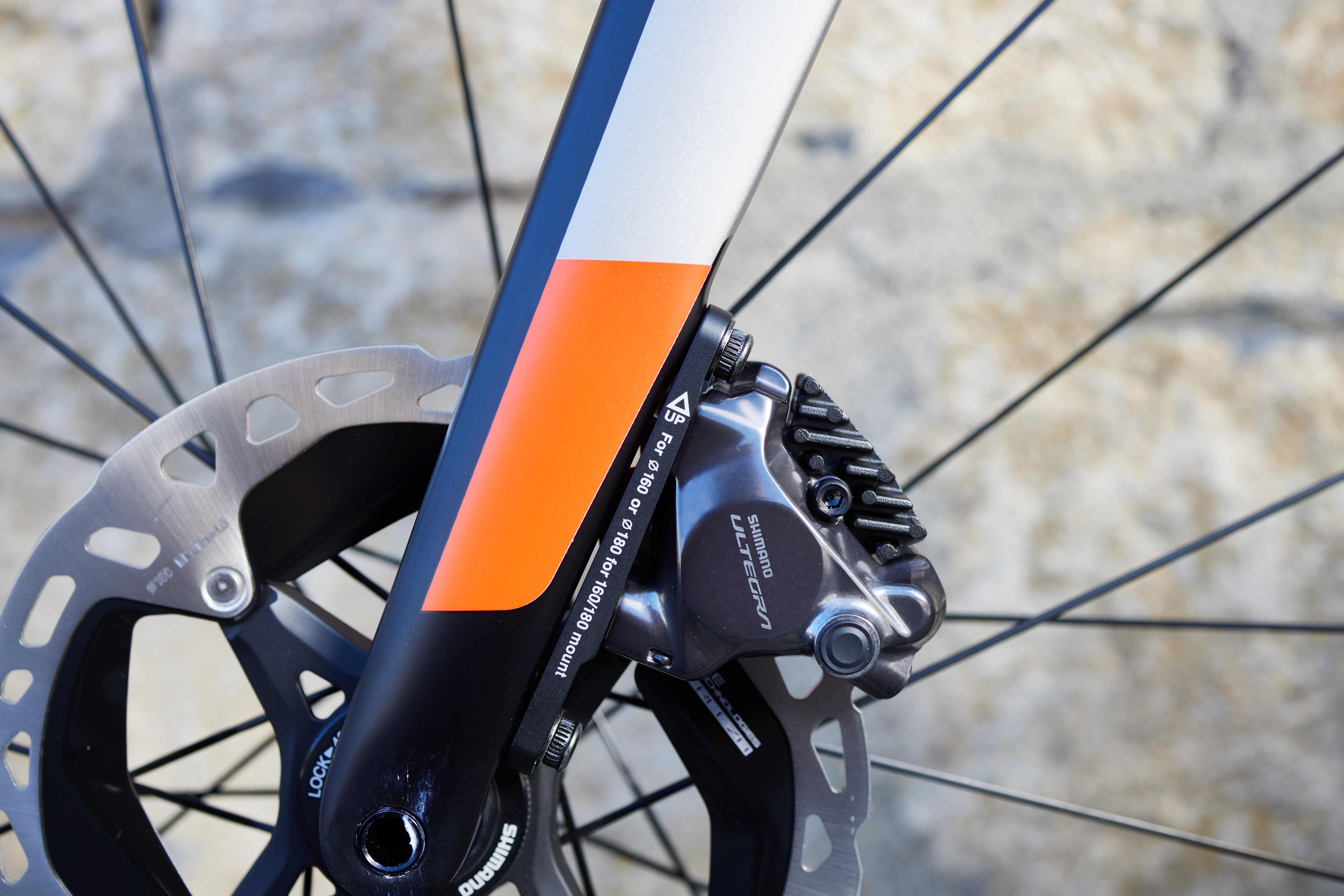
Ultegra, like Dura-Ace, gets the addition of Servo Wave technology to its brake levers, which Shimano has ported over from its mtb and gravel braking systems. This means a shorter free stroke and a more immediate connection between brake pads and rotors, allowing for more feathering or modulation of the brakes, resulting in more speed carry-through and more confidence in technical situations, according to Shimano.
Again there’s a weight difference: 282g per pair of calipers versus the Dura-Ace weight of 229g.
Like Dura-Ace, Ultegra has abandoned its own dedicated rotors and is instead using the mountain bike XT-level models, RT-MT800. As with Dura-Ace, the distance between rotor and pad is now 10% wider than before, resulting in less rubbing. Shimano says less heat deformation of the rotor and less temporary interference between the pad and the rotor. It quotes 66% less for the Dura-Ace/XTR RT-MT900 rotors but doesn’t supply a figure for Ultegra.
MT900 and MT800 are exactly the same weight, but costwise the MT900s are £56.99/$81.99 compared with the MT800s at £46.99/$55.99 (prices at launch).
Both Dura-Ace and Ultegra can both be run as rim-brake groupsets, although Shimano has been downplaying this option, expecting to sell many more disc-brake than rim-brake groupsets. However, the option is still there, but the new rim-brake STIs for both Ultegra and Dura-Ace are wired only, which means a fully wired old-style Di2 set-up.
Wheels
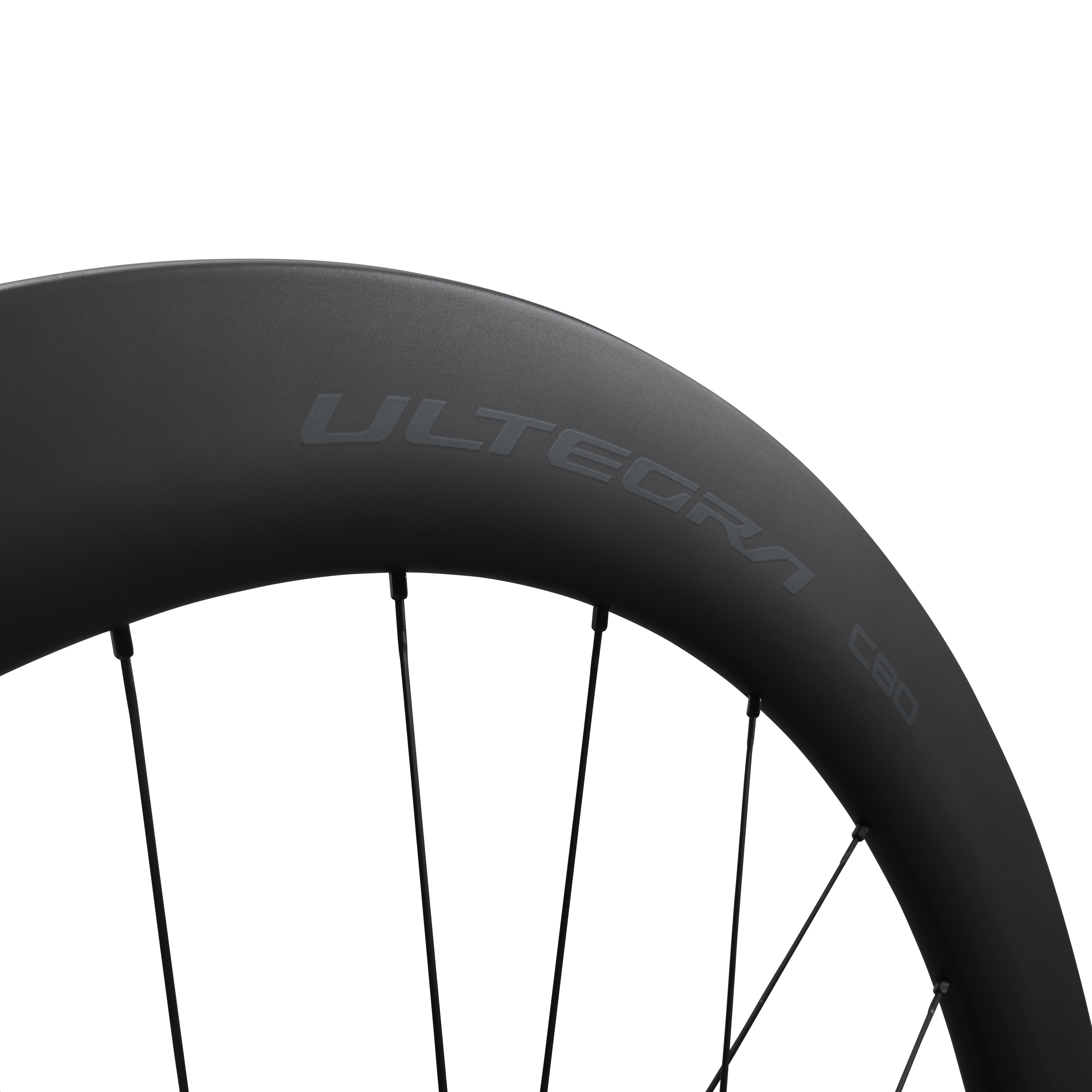
There are three rim depths in the new Ultegra wheel range - the first complete carbon wheel range at Ultegra level. These are 36mm, 50mm and 60mm. This is the same as Dura-Ace. The internal rim width at 21mm is also the same.
Here are Shimano’s descriptions and figures:
Three rim height profiles offer different performance benefits for riders.
The C36 (WH-R8170-C36-TL wheel is focused on climbing and is the lightest wheel offering with a target weight of 1488g per pair (for comparison, Dura-Ace WH-R9270-C36-TL weight: 1350g).
The C50 (WH-R8170-C50-TL) is an all-round wheel with a great balance of drag, lateral and driving rigidity, periphery and overall weight and controllability. The ULTEGRA C50 comes with a target weight of 1570 g per pair (Dura-Ace WH-R9270-C50-TL weight: 1461g).
The C60 (WH-R8170-C60-TL) is the most aerodynamic wheel for sprints and high-speed pursuits, focused on drag, lateral rigidity and driving rigidity. The Ultegra C60 comes with a target weight of 1649 g per pair (Dura-Ace WH-R9270-C60-TL weight: 1609g).
Overall weights
According to Shimano’s figures, the new Dura-Ace groupset without wheels weighs a total of 2,438g with the regular non-power meter chainset, compared with Ultegra R8100’s 2,716g, a difference of 278g. The previous R9100 Dura-Ace Di2 was slightly lighter at 2,403g while Ultegra R8000 was 2,705g, a difference of 302g.
So although Ultegra is still heavier, as you’d expect, the weight gap has narrowed.
As for the pricing, it depends on the spec but with the power meter chainset we added up around £4,350 for Dura-Ace compared with £3,099 for the equivalent Ultegra (both without wheels).
Our take
For the paying customer as opposed to the sponsored pro, Ultegra is a no-brainer. The performance of the Di2 shifting is exactly the same. Ultegra weighs under 300g more but costs around £1,300 less.
If you weren’t too precious about having the full suite of Dura-Ace you could save a good chunk of cash - £210 or $248 by running the Ultegra cassette instead of Dura-Ace and most people wouldn’t be any the wiser. Yes, it’s 74g heavier but what amateur rider couldn’t make up for that elsewhere on their bike or body?
When we spoke to Mike Anderson, PR manager at Madison, Shimano’s UK distributor, he explained that the reason why Dura-Ace is so expensive is because it falls to the flagship groupset to recoup the R&D costs, which are considerable. Anderson said: “Electronic shifting is cheaper to produce because microchips can be cheaply produced - but it costs an absolute ton to develop.
“Like with the iPhone, it’s the development that costs a lot of money not the manufacturing of it - and that’s why it has to be expensive: because you have to recoup what it costs to pay a lot of very smart people a lot of money to take four years to make something.”
Anderson told us Dura-Ace is, and always has been, developed for pros first and perhaps the 54/40 chainset that is included in this latest iteration is clear evidence of that, if any were needed.
For the rest of us, Ultegra looks to be a superb option, offering better value for money than ever with fewer compromises.
We have an Ultegra R8100 bike on its way to us - keep an eye out for our full review.
Availability of both Shimano Dura-Ace 9200 and Ultegra R8100 is from October 2021.
| Component | Dura-Ace R9200 series | Dura-Ace R9200 series RRP | Ultegra R8100 series | Ultegra R8100 series RRP |
|---|---|---|---|---|
| Rear derailleur | 215g | £699.99/$814.99 | 262g | £379.99/$409.99 |
| Front derailleur | 96g | £399.99/$449.99 | 116g | £249.99/$259.99 |
| Cassette (11-30) | 223g | £329.99/$359.99 | 297g | £119.99/$111.99 |
| Chain | 242g | £56.99/$86.99 | 252g | £44.99 |
| Crankset (52/36 with p/m) | 748g | £1,199.99/$1469.99 | 769g | £999.99/$1,159.99 |
| Crankset (53/36) | 690g | £549.99/$624.99 | 711g | £299.99/$314.99 |
| STI pair (with calipers, hoses) | 350g | £1,199.98/£1,537.98 | 391g | £899.98/$1,073.98 |
| Rotor | 212g | £56.99/$81.99 | 212g | £46.99/$55.99 |
| Battery | 53g | £174.99/$184.99 | 53g | £174.99/$184.99 |

Thank you for reading 20 articles this month* Join now for unlimited access
Enjoy your first month for just £1 / $1 / €1
*Read 5 free articles per month without a subscription

Join now for unlimited access
Try first month for just £1 / $1 / €1
Get The Leadout Newsletter
The latest race content, interviews, features, reviews and expert buying guides, direct to your inbox!
Simon Smythe is a hugely experienced cycling tech writer, who has been writing for Cycling Weekly since 2003. Until recently he was our senior tech writer. In his cycling career Simon has mostly focused on time trialling with a national medal, a few open wins and his club's 30-mile record in his palmares. These days he spends most of his time testing road bikes, or on a tandem doing the school run with his younger son.
-
 'I start every race to win' - Mathieu van der Poel fired up ahead of Paris-Roubaix showdown with Tadej Pogačar
'I start every race to win' - Mathieu van der Poel fired up ahead of Paris-Roubaix showdown with Tadej PogačarTwo-time winner says he has suffered with illness during spring Classics campaign
By Tom Thewlis Published
-
 'It's really surreal that now I'm part of it' - 19-year-old Imogen Wolff set to go from spectator to racer at Paris-Roubaix
'It's really surreal that now I'm part of it' - 19-year-old Imogen Wolff set to go from spectator to racer at Paris-RoubaixBrit first came to see the 'Hell of the North' when she was six
By Tom Davidson Published